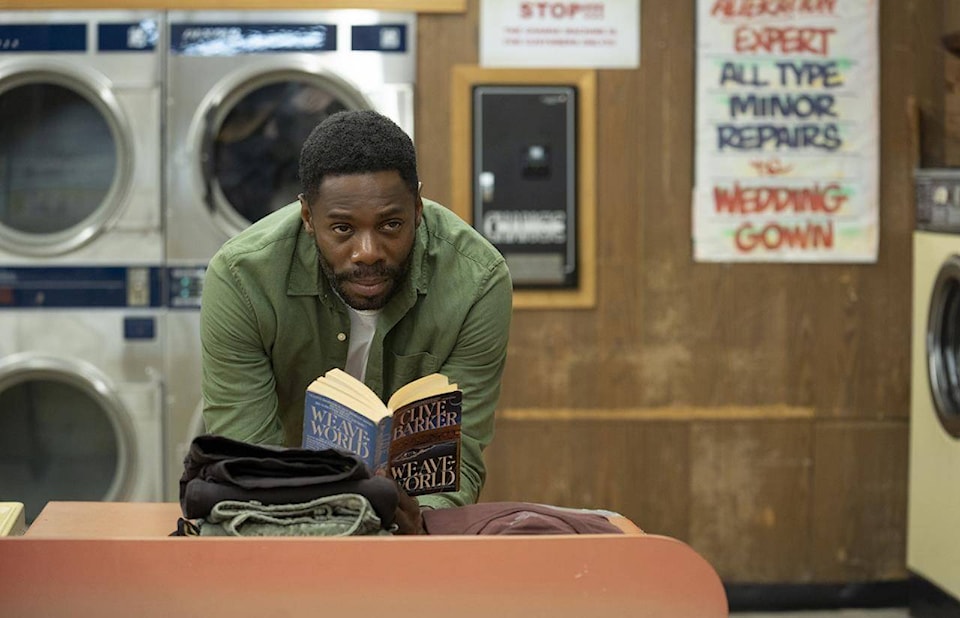Candyman was always more than a surface level horror film. The 1992 film dealt with class, race and trauma. But almost 30 years later, a new version in theaters Aug. 27 reclaims and recenters the narrative around the Black experience.
The original film took the seeds of a Clive Barker short story set in a Liverpool slum and transported it to Chicago’s Cabrini-Green housing projects, where the Boogeyman was Black and the lens to the world was a white female doctoral student studying urban myths. The film was both praised and the subject of pointed critiques from Black filmmakers who noted the regressive racial stereotypes.
“There`s no question that this film plays on white middle-class fears of black people,” actor-director Carl Franklin told the Chicago Tribune at the time. “It unabashedly uses racial stereotypes and destructive myths to create shock.”
Franklin said it was, “irresponsible and racist.”
But it was also successful enough to spawn two sequels and proved to be a formative film for a young Jordan Peele, who saw it as a landmark for representation. Following the success of Get Out, Peele and his Monkeypaw Productions set their sights on a Candyman film and signed up-and-coming filmmaker Nia DaCosta to direct.
DaCosta had just one indie under her belt, the well-received crime drama Little Woods, when her agent got wind of a Jordan Peele Candyman project.
“I always told (my agent) what I wanted to do and I made Little Woods, which was a really great experience, but I also really wanted to do bigger films, genre films and horror and Marvel movies,” DaCosta, 31, said. “He introduced them to my work and it just ended up working out…I don’t want to pitch for something if I don’t really have a clear idea and a passion for what it will be. I think they responded to that level of detail and the passion that I had.”
Described as a “spiritual sequel” to the first film, Peele, who co-wrote the script, and DaCosta’s Candyman put their subjects, a successful gallery director, Brianna (Teyonah Parris), and her visual artist boyfriend Anthony (Yahya Abdul-Mateen II), in modern day Chicago. They live in a luxury apartment in a now gentrified Cabrini-Green. But the rot of the past lingers. A longtime resident played by Colman Domingo tells Anthony about the Candyman lore and soon the haunting and the body horror begin anew.
“The art world is very glitzy, glamorous and Brianna is very wealthy and lives in this amazing apartment and Chicago’s a gorgeous city,” DaCosta said. “I wanted to really juxtapose that beautiful, lush world with the horrors within.”
Abdul-Mateen II predicts Candyman will be a conversation-starter.
“Outside of the entertainment value, there is an opportunity to really talk about the state of the world,” Abdul-Mateen II said. “There’s a history of unwanted marks becoming celebrated for reasons that we don’t want to be celebrated for. This movie deals with that and says what happens when you take our stories back.”
The themes aren’t just backdrops either. The script has characters discussing gentrification and privilege. One character even says white people, “Love what we make, but they don’t love us.” It was a line that DaCosta felt was especially important to have in the film.
“Sometimes you just have to make the subtext text,” DaCosta said. “It really spoke to how as long as we are behaving a certain way and as long as we’re producing something that is being consumed or has a place either in a consumerist way or in a respectability way, we’re fine.”
